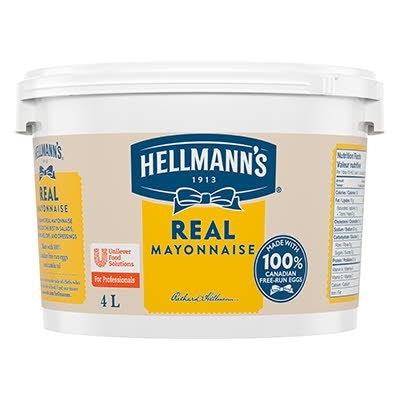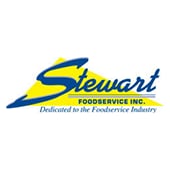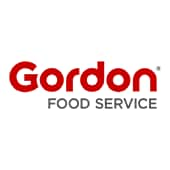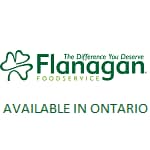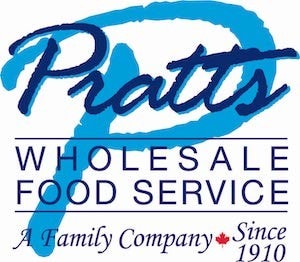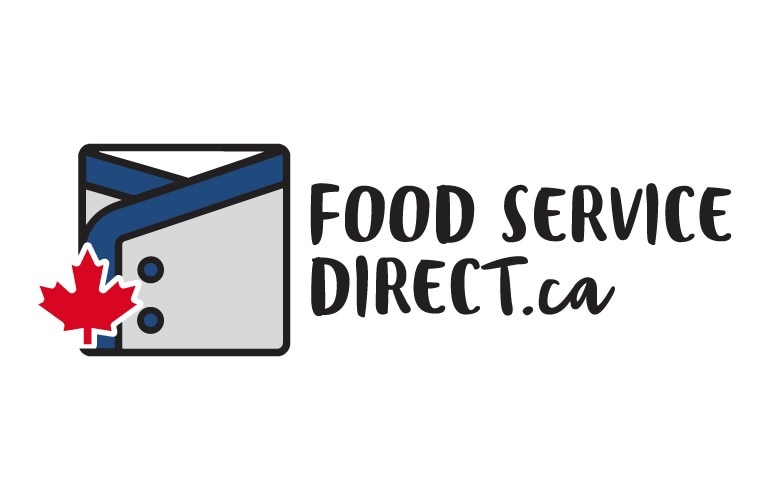
Sustainability is a word we are starting to hear more and more, and not just in the culinary industry. We are living in a world where learning to be kind to the planet is the new norm. It’s fashionable to sport eco-friendly shoes and clothing, shop for your groceries with biodegradable cotton bags, and drive electric cars that are free from toxic chemicals. People are beginning to realize that if we don’t take measures to preserve our future, what future will exist?
So let’s take a look at how this translates to the foodservice world. It may sound simple for larger corporations and chains, who have the overhead to invest in certain practices. But what about the smaller independents that want to reduce their carbon footprint as well? I sat down with one of our corporate chefs, Brandon Collins, who believes it’s our responsibility to make sustainability commonplace.
Dana Cohen: What does sustainability mean to you?
Brandon Collins: Making sure that everything that we utilize in our day-to-day lives will be here in the future. It starts with people like chefs driving the conversation. If we don’t start thinking sustainably now, we will start losing precious ingredients, whether endangered species of fish or produce that we currently take for granted. We could reach a point where there’s a lack of nutrients in our soil in the most fertile growing regions, which means we will have to put more fertilizer and chemicals in the ground, eventually flowing into our water supply. If we want these ingredients to be around for generations, we need to preserve them now. To be able to feed the world, we need growing regions that can sustain it.


D: I feel like sustainability is a term people throw around often, but aren’t really sure how their operation can actually benefit from sustainability practices. What are some of these practices and how would you suggest an operator put them into place?
B: Some are getting to know your local farmer and distributor and seeing how the products they are getting are being raised or grown. Another way is to look into energy alternatives. There are some energy providers that allow you to select sustainable energy practices such as wind or solar. Some of the practices are purchasing items from large companies who are at the forefront of sustainable practices. I feel proud to work for a company that does its part to contribute. Hellmann’s Mayonnaise uses 100% cage-free eggs and sustainably sourced soybean oil. In addition, we’re committed to making all Hellmann’s products recyclable. Our new bottles will be made from 100% post-consumer recycled plastic. It may seem like a small step, but it means less plastic will end up in our oceans and landfills. Every bit counts.
D: What small steps can a chef take just within their own kitchen?
B: Whenever I source an ingredient, I want to make sure that I do so in a way that allows for that ingredient to still exist year after year. As a chef, I like to research and know where my food is coming from. It’s using every ingredient in the kitchen thoughtfully, with respect and understanding that an onion takes 120 days to grow. Or that pepper, which most people throw the tops and bottoms away, takes 90-110 days of sun to grow. Utilize the whole ingredient, such as carrot stems and tops, vegetable peels, or the whole animal. You can dehydrate peels and turn them into powder- then add them to doughs to add colour or flavour. Leaves and stems are perfect for pickling or purees. Lesser known animal cuts often cost less and add excitement to menus.

D: How does a diner know these practices exist and what do they expect when eating out at a restaurant?
B: I think it needs to be described on the menu, or where diners can see what measures are being taken. Guests will choose to support establishments that share their same values. Service staff needs to be trained in understanding why and how you do the things you do in order to help relay the message. And of course, social media is a great way to spread the word as well.
Be sure to check out these other articles on managing food waste. See how you can Upgrade Your Inventory Management Strategy With Tech and understand The Real Cost of Food Waste.
More Chefs Weigh In
Chef Kyle Jakobi adds, “It’s more than getting rid of single use straws and such. That’s part of it, but it really hinges on things like water, chemical, and paper product usage, waste, etc. It’s all-encompassing. It’s a mindset of being more responsible regarding the environment and how we can minimize our own impact by collectively doing our part.”


Chef Rudy Smith sums it up by saying, “Sustainability differs from operator to operator based on their situations and abilities. It means making the best choices for people and the environment that you can make. Whereas an upscale bistro that has access to a local farmers market or local farmers in general, and can afford the cost and time needed to buy local, should do so. On the other hand, an inner-city operator that is focusing on serving low income customers, may not have the opportunity or resources to do the same. In their case, sustainability may come in the form of recycling, total utilization of product, and taking care of their people – both customers and employees.”
He continues, “I think for everyone, sustainability has to start with people. You do what you can to create a livable and positive environment for your employees and a nutritious and satisfying experience for your customers. From there, it is all about making choices that can make a difference for the planet and the people. This can be in so many ways – the design of the menu (incorporating plant forward and sustainable ingredients), sourcing, recycling, managing waste, repurposing, training, wages, benefits, scheduling, communication, community involvement, etc. Sustainability is a state of mind.”



